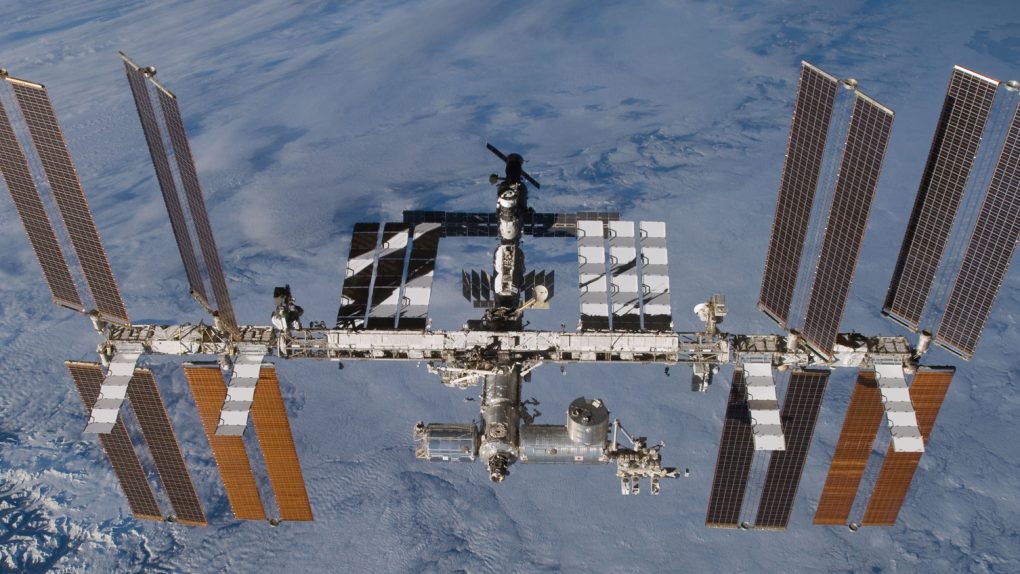Unless you’re incredibly fit, smart, and young, there’s very little chance you’d even make it into NASA’s astronaut training program, much less have an opportunity to fly to the International Space Station. That’s a fact that’s going to sting a little bit more when you learn that a bunch of mice — yep, rodents — just had the time of their lives, traveling to the ISS in early December and now returning to Earth this week.
The mice weren’t there on vacation, of course, but were part of an experiment to test how muscles are impacted by the microgravity environment of the space station. These so-called “Mighty Mice” were genetically modified to have enhanced muscle growth, which scientists believed would help them study the effects of microgravity on their muscles and bone structure.
Fighting back against the loss of muscle mass is a major concern for astronauts traveling to the International Space Station. Moving around in the microgravity environment of the ISS doesn’t take much effort, and that means that muscles that are used often on Earth tend to deteriorate in space.
To prevent this, the International Space Station is equipped with gear that makes it easier for astronauts to exercise while in space. This can go along way to preserving the muscles the astronauts already have, but scientists are eager to come up with new ways of preserving muscle mass without forcing astronauts to run on a treadmill or use stretchy bands and resistance gear for extended periods of time.
When humans eventually embark on missions to other planets, like Mars, exercise might be hard to come by. By observing the loss of muscle mass in rodents, researchers hope that the data they collect can reveal secrets that could lead to novel solutions and keep human astronauts more muscular for longer.








